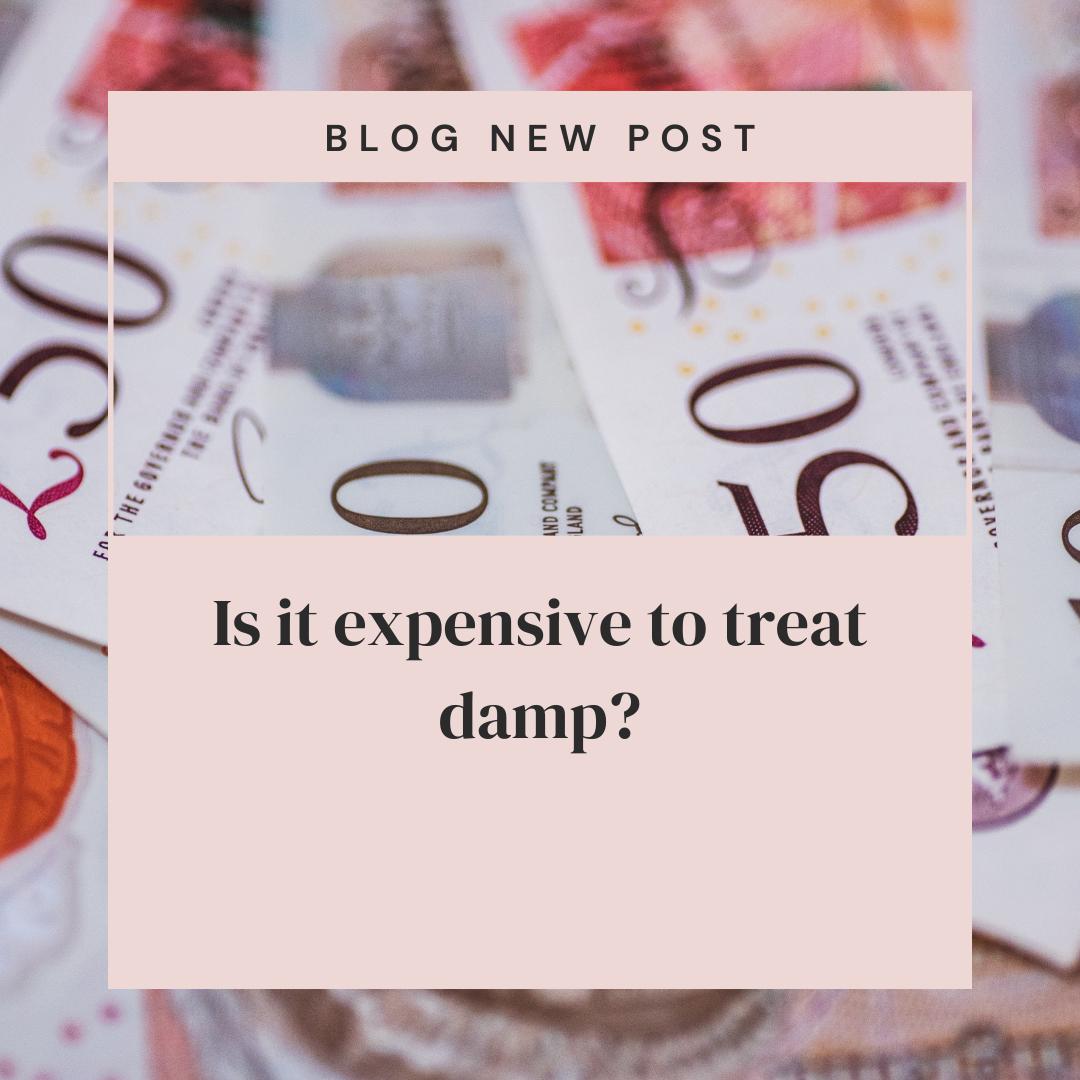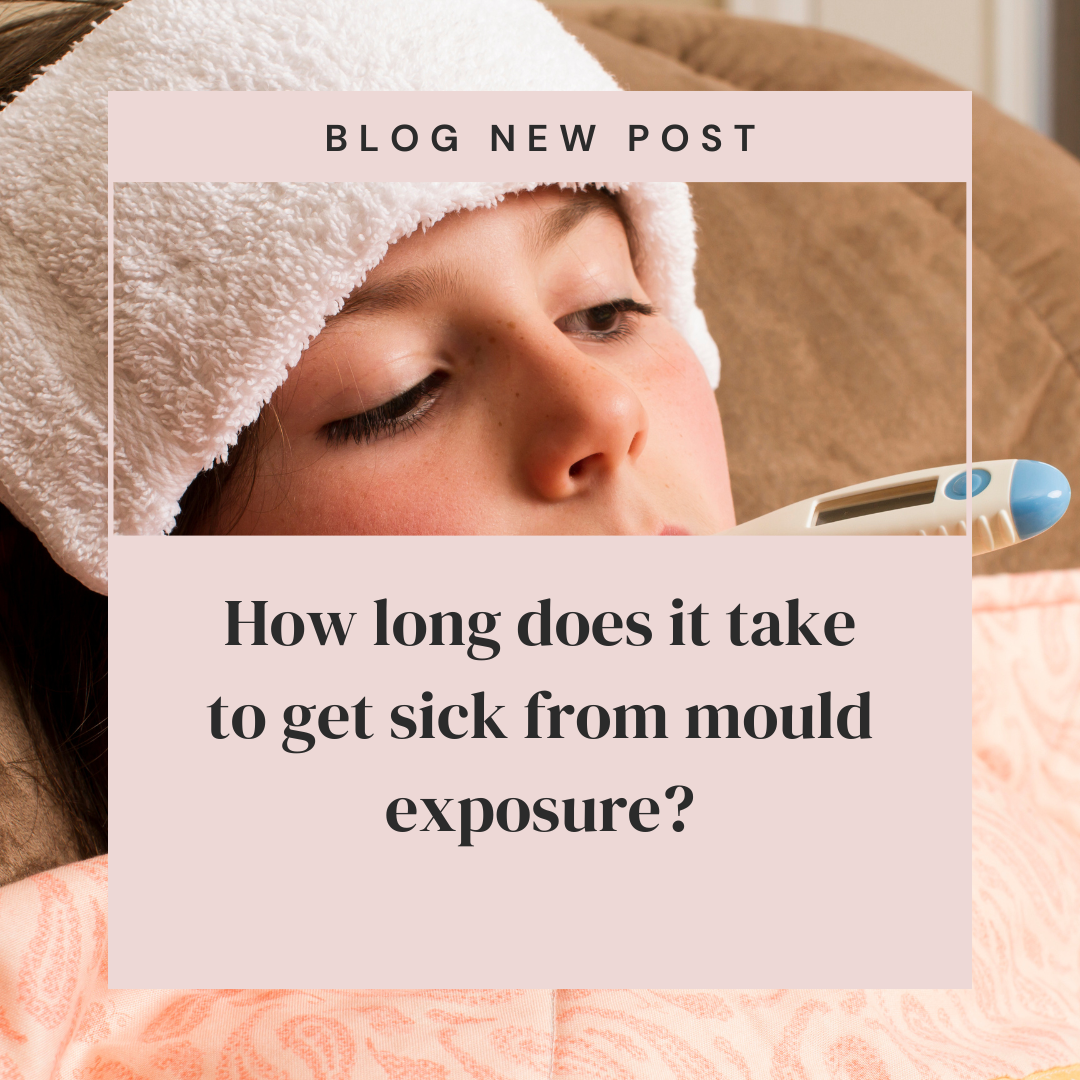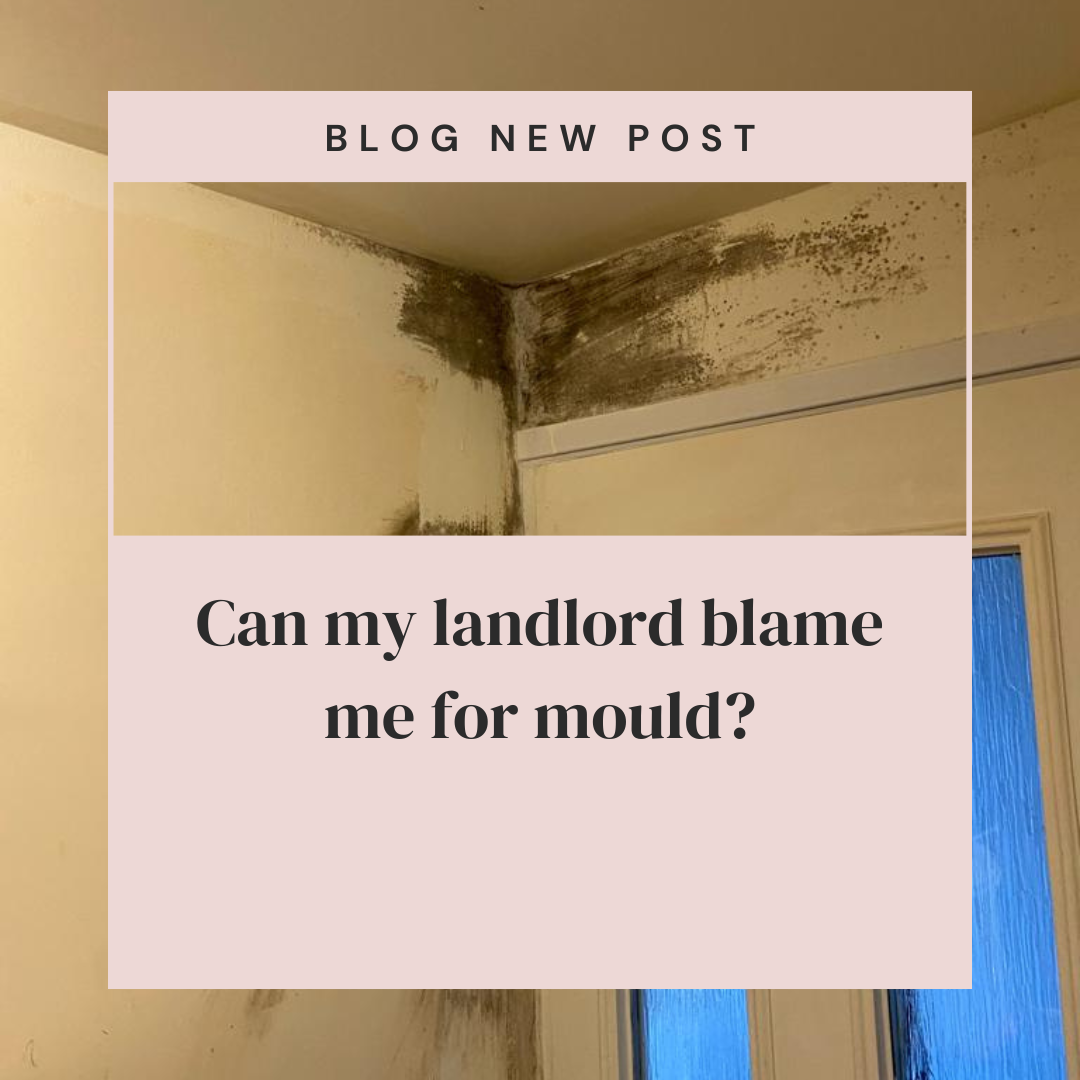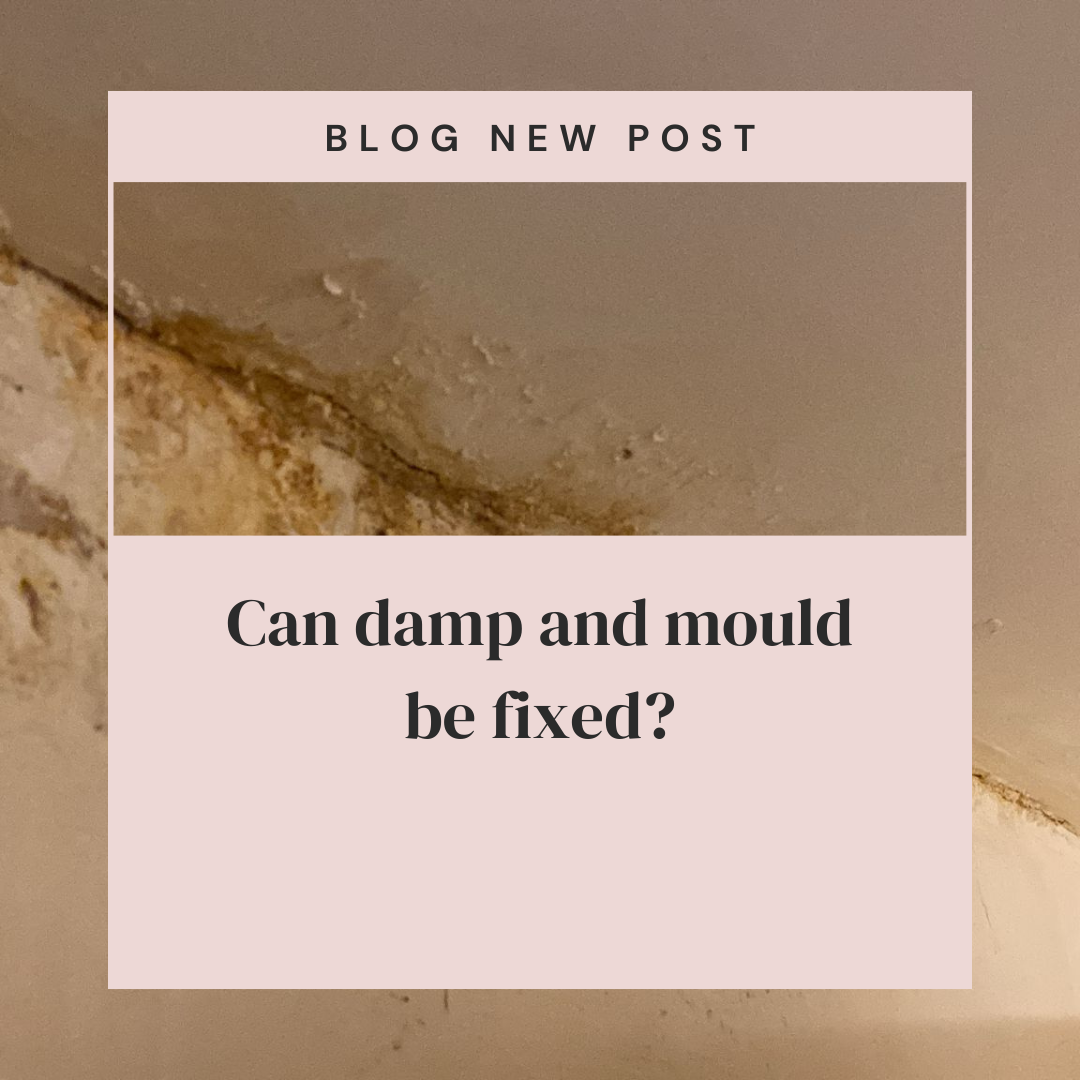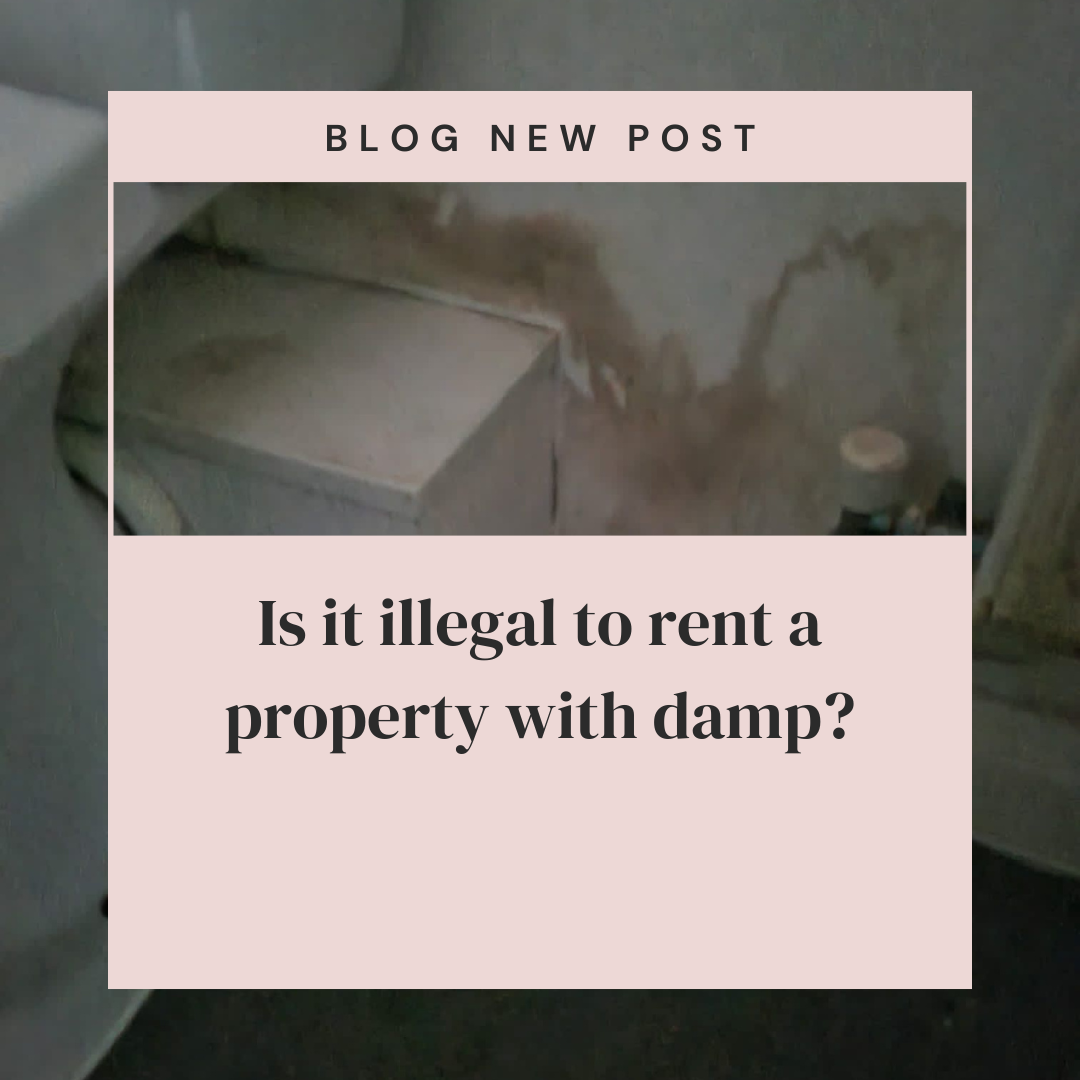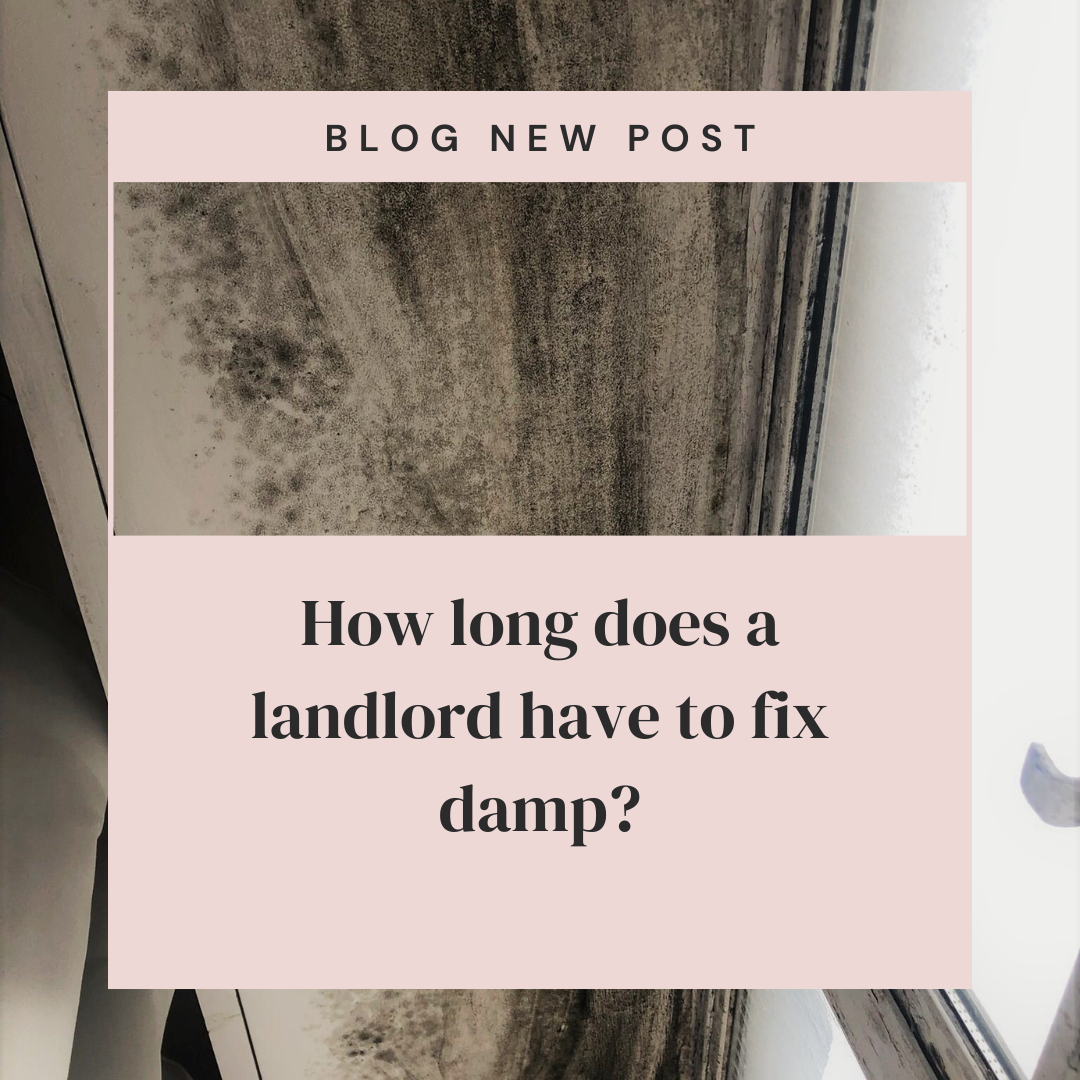How does a landlord fix damp?
How does a landlord fix damp? Left unchecked, invasive structural damp, leaks, condensation and mould seriously compromise rental housing conditions and tenant relations. But accurately pinpointing underlining moisture causes and deploying appropriate fixes challenges even seasoned landlords. What process should landlords follow to fully remedy hazardous damp?
- Commission Professional Damp Assessments Rather than ineffective guesswork, landlords should hire accredited damp proofing specialists to extensively survey affected properties using moisture meters, endoscope cameras in walls, and leak detection dye tests. Their technical reports identify specific defect causes for targeted fixing.
- Categorise Repair Types
Guided by surveyor recommendations, categorise whether the damp requires:
- Structural repairs like cracked membrane replacements
- Plumbing fixes to leaking pipes/overflows
- Insulation, ventilation/extraction additions to reduce condensation risks
- Heating system adjustments to remove excess moisture
- Organise Specialist Contractors Depending on the scale of works needed, liaise qualified plumbers electricians, builders, engineers etc. to methodically correct identified faults enabling moisture ingress. This avoids botched amateur repairs by landlords that fail to fix root problems.
- Agree Reasonable Tenant Relocation If repairs require temporary house decanting, provide tenants reasonable equivalent alternative accommodation given suitable notice periods. This resolves occupancy legalities.
- Treat Affected Internal Areas Once addressing origins, employ dedicated damp remediation contractors to fix previous water damage, treat mould and prevent new outbreaks in line with industry guidelines. This properly restores property states.
Conclusion Albeit convoluted, landlords must break the cycle of quick superficial damp fixes eventually failing repeatedly. Meticulous moisture cause investigations alongside relocation sensitivity enables reliable long-term rental rehabilitation that satisfies all stakeholders.
If your landlord is refusing to deal with damp issues then you may qualify to make a housing conditions claim. This means you can have your issues dealt with and compensation in a matter of months. Contact our team today.
Housing Disrepair Advice: https://housingdisrepairadvice.org/contact
Housing Ombudsman: https://www.housing-ombudsman.org.uk/

